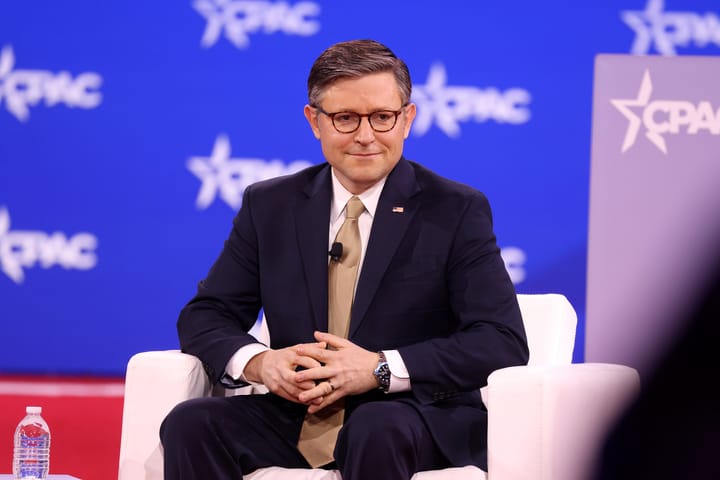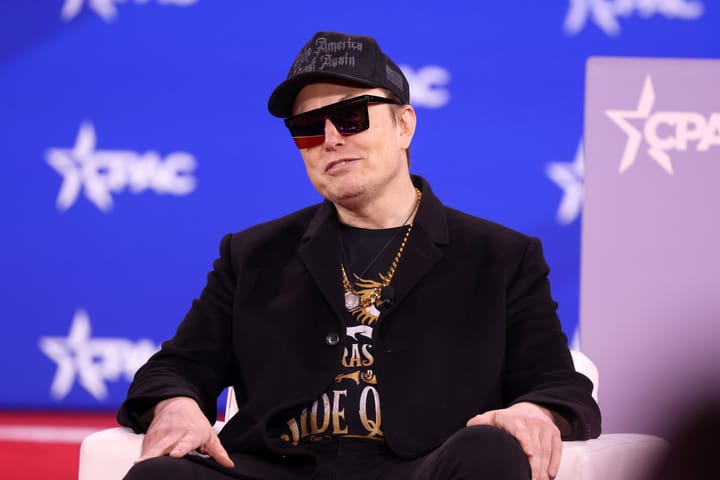This 2019 piece was authored by Dr. Jen Heerwig, associate professor of Sociology at Stony Brook University, and Brian J. McCabe, associate professor of Sociology at Georgetown University.
Last week, Democratic presidential candidate Kirsten Gillibrand unveiled an ambitious proposal for a national public financing program. The program would give voters $600 worth of “Democracy Dollars” to spend in House, Senate, and presidential elections. Our research on a similar program being implemented in Seattle shows that democracy vouchers can broaden participation in the campaign finance system and significantly diversify the funding base of our elections. However, for Gillibrand’s plan to truly democratize the American campaign finance system and created a participation-oriented national public financing system, it needs to draw on some key lessons from Seattle.
We know the basic outlines of how Gillibrand’s Clean Elections Plan would work. The program aims to empower ordinary voters—instead of the small number of affluent donors and interest groups that currently bankroll our elections—to fund political candidates. Taking a cue from the Seattle program, Gillibrand argued in her Medium post announcing the plan that empowering ordinary voters in this way will help “get big, unaccountable money out of politics and put power back into the hands of the people in our elections.” Under Gillibrand’s Clean Elections Plan, voters would opt in to the system and receive $200 worth of “Democracy Dollars” to spend in each type of federal race (House, Senate and Presidential) for a total of $600 per voter.
Gillibrand’s Democracy Dollars programs is modelled on the Democracy Voucher Program in Seattle – a program that we have been studying for the last several years. The Seattle Program was first implemented in the local elections of 2017. Under the Seattle plan, all registered voters received four twenty-five dollar “Democracy Vouchers” to fund local candidates running for office. This includes candidates for city attorney, city council, and mayor. Our research shows that, by many metrics, the first implementation of the Democracy Voucher Program has been a success. Compared to the pool of campaign donors, vouchers users included larger numbers of people of color, as well as young and middle-income Seattleites. The voucher participation rate was also nearly three times the number of private contributors in Seattle’s 2013 local races.
If Gillibrand’s “Democracy Dollars” program is going to succeed, it needs to draw on three key lessons from the successful Democracy Voucher Program in Seattle:
The Democracy Dollars Program should be widely accessible and easy to use.
One of the key features of the Seattle Democracy Voucher Program was its inclusiveness. In 2017, Democracy Vouchers were sent to the home addresses of all registered voters. Voters did not need to apply for vouchers; every eligible voter was mailed vouchers to participate. By democratizing the distribution of the vouchers, Seattle rapidly diversified the funders of its local elections.
Gillibrand’s plan calls for voters to opt in. This opt-in provision might hinder the impact of the program on participation and, especially, on who participates in the program. We know, for example, that cumbersome voter registration rules tend to exclude people of color, younger citizens, and lower-income individuals. Automatic voter registration—a provision of H.R. 1—eliminates these barriers. So, too, would making “Democracy Dollars” a right of democratic citizenship.
The Democracy Dollars program should focus on small donor participation.
In Seattle, the low-dollar value of each Democracy Voucher ensured that candidates relied on larger numbers of relatively low-dollar donors. Each voucher is worth only $25 and each of the four vouchers can be allocated to different candidates (or they can all be given to the same candidate). That has drastically changed the composition of local candidates’ fundraising. In 2013, city council and city attorney candidates raised 48% of their funds from small-dollar donors. In 2017, 87% came from small donors. For many Americans, $200 is not a small-dollar donation. This is reflected in the paltry percentage of the U.S. population that gives at least $200 in federal elections—just 0.48% in 2018.
For Gillibrand’s plan to succeed, it needs to focus on shifting the paradigm away from large donors to smaller donors. By providing smaller voucher denominations – for example, vouchers worth $25 each – the Democracy Dollars program can ensure that candidates rely on a large number of small donors.
The Democracy Dollar program will succeed by capping the value of the vouchers to ensure high participation rates.
One of the challenges in Seattle has been that candidates agree to spending caps when they participate in the Democracy Voucher program. The value of each Democracy Voucher—combined with the total spending limit for a particular race—determines the maximum participation rate for the program in Seattle.
For Gillibrand’s proposal to succeed in giving voters a voice, the value of the Democracy Dollars must be capped in relation to the total spending limit for that race. Take U.S. House races as an example. The Campaign Finance Institute estimates that, in 2016, it cost about $1.5 million to win a House seat. If Gillibrand’s proposal set the spending limit for participating candidates to $1.5 million, that would result in a maximum participation rate of 7,500 voucher users. On average, each House district contains about 709,760 constituents. That translates into a maximum voucher participation rate of just over 1%–an increase over the current participation rate in our campaign finance system, but far below the actual or maximum participation rate under Seattle’s plan.
The dependence of our political candidates and elected representatives on money from wealthy elites and organized groups may lay at the heart of many of America’s most notoriously “unfixable” problems. But, if public financing is to break this dependence, we must devise a Democracy Dollars system that maximizes voter participation and incentivizes candidates to hear the voices of many more ordinary Americans. Gillibrand’s proposal for a national Democracy Dollars program could be a big step in the right direction, but only if it incorporates the lessons of existing reforms.
This 2019 piece was authored by Dr. Jen Heerwig, associate professor of Sociology at Stony Brook University, and Brian J. McCabe, associate professor of Sociology at Georgetown University.
Related:



